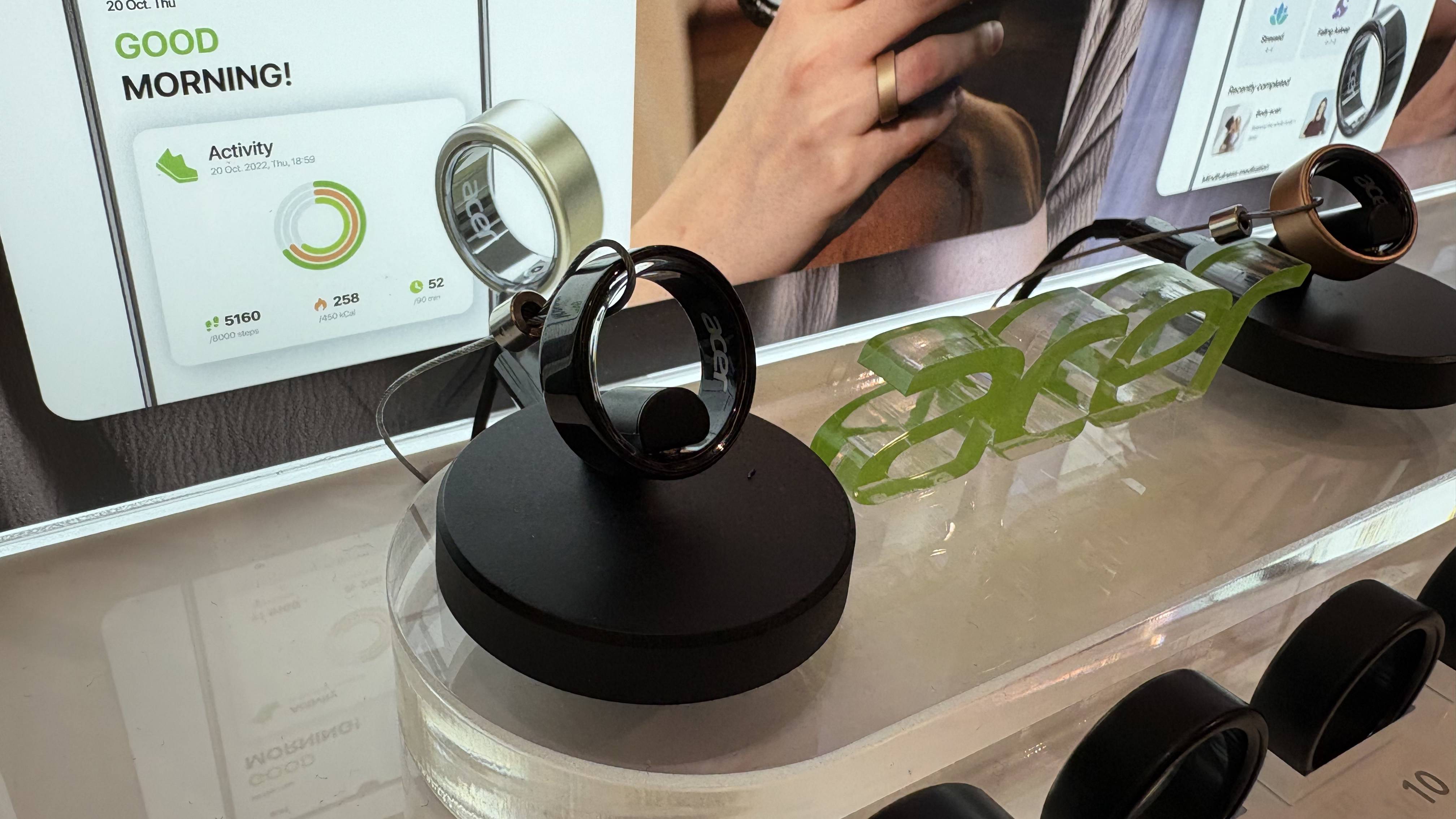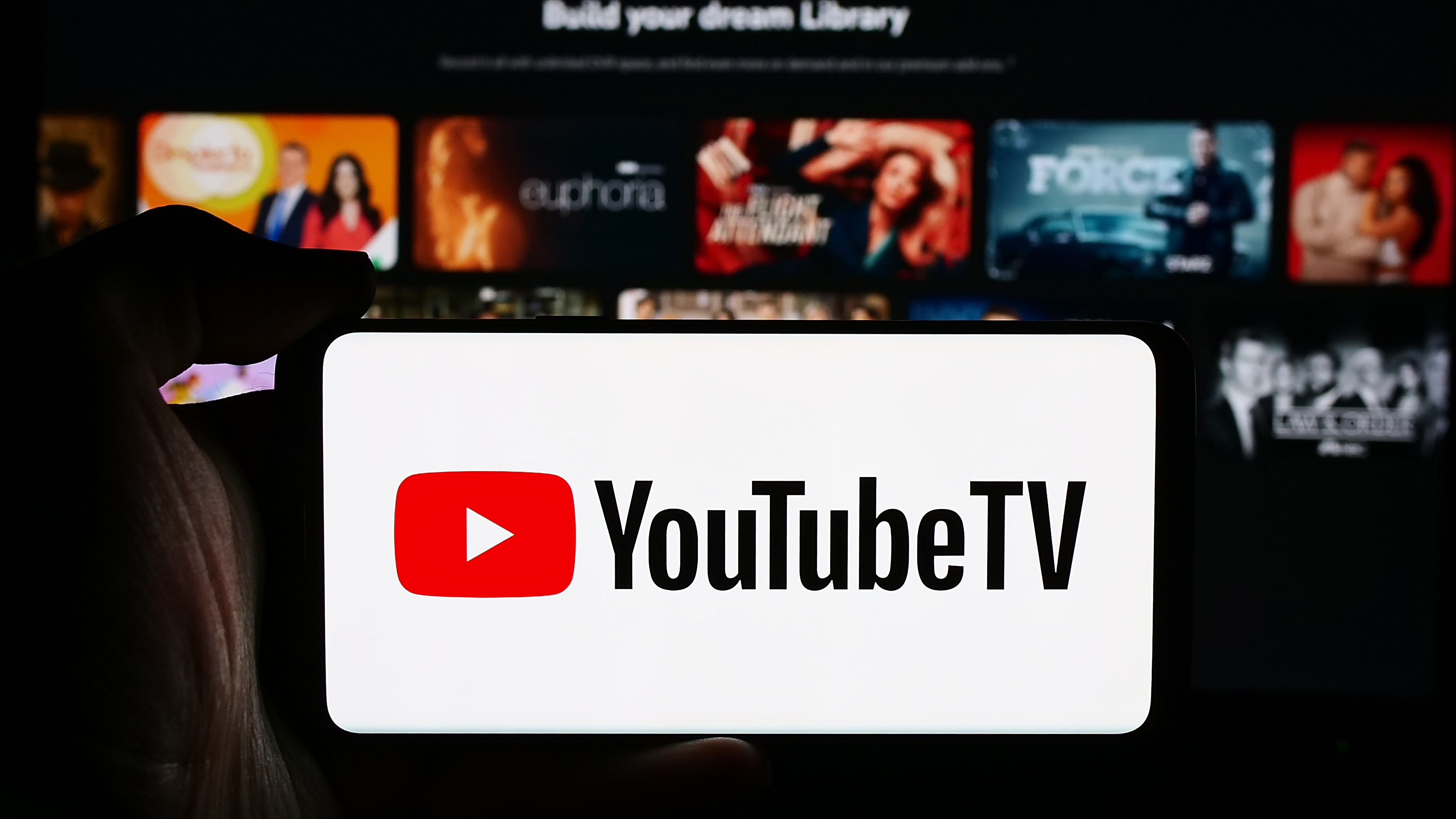Early Verdict
The Acer FreeSense Ring is the company’s first-ever smart ring, with the AI-powered wearable delivering biometric tracking, health and sleep monitoring and even personlized insights in a lightweight titanium desgin — all without a subscription fee. Here’s its price, release date and my thoughts.
Pros
- +
Sleek, lightweight design
- +
AI for personalized insights
- +
No subscription fee
Cons
- -
Not the longest battery life
Why you can trust Tom's Guide
The Acer FreeSense smart ring is not something I’d expect from a company that specializes in laptops, monitors and even electric bikes, but there it was being showcased at Computex 2025 — and I got a chance to check it out.
Acer’s first-ever smart ring comes with all the health monitoring features you’d expect from the best smart rings, including health, sleep and fitness tracking, AI-powered insights and a lightweight, durable design with up to seven different sizes (in both Black and Rose Gold colorways).
But there’s one key feature that sets it apart from its major competition in the Oura Ring 4 and Samsung Galaxy Ring: price. There’s no subscription fee to get full access to all your health data, and it’s available starting at $199. Already, the FreeSense Ring offers a lot of value.
Can this smart ring tango with the best wearables around? After a brief demo during Acer’s showcase in Taipei, here’s what I learned about the Acer FreeSense Ring.
Acer FreeSense Ring: Specs
| Row 0 - Cell 0 | Acer FreeSense Ring |
Price | $199-$249 |
Dimensions | 8 x 2.6mm |
Sizes | 7 - 13, 7 total sizes |
Weight | 2.0 - 3.0 g |
Colors | Matte Finish: Black, Gloss Finish: Rose Gold |
Battery life | Up to 4 days |
Sensors | PPG (heart rate, SpO2), accelerometer |
Acer FreeSense Ring: Price and Availability

Talking to a representative, I was told the Acer FreeSense smart ring will be available for around $199 to $250, and it’s set to be released sometime in August.
The price is still being worked out, but this is the ballpark Acer is aiming for. At $199, this places it at the same cost as the Amazon Helio Ring, which is the best value smart ring on the market right now.
In addition to being subscription-free, the FreeSense Ring has a lot going for it, but this isn’t just due to its pricing.
Get instant access to breaking news, the hottest reviews, great deals and helpful tips.
Acer FreeSense Ring: Design
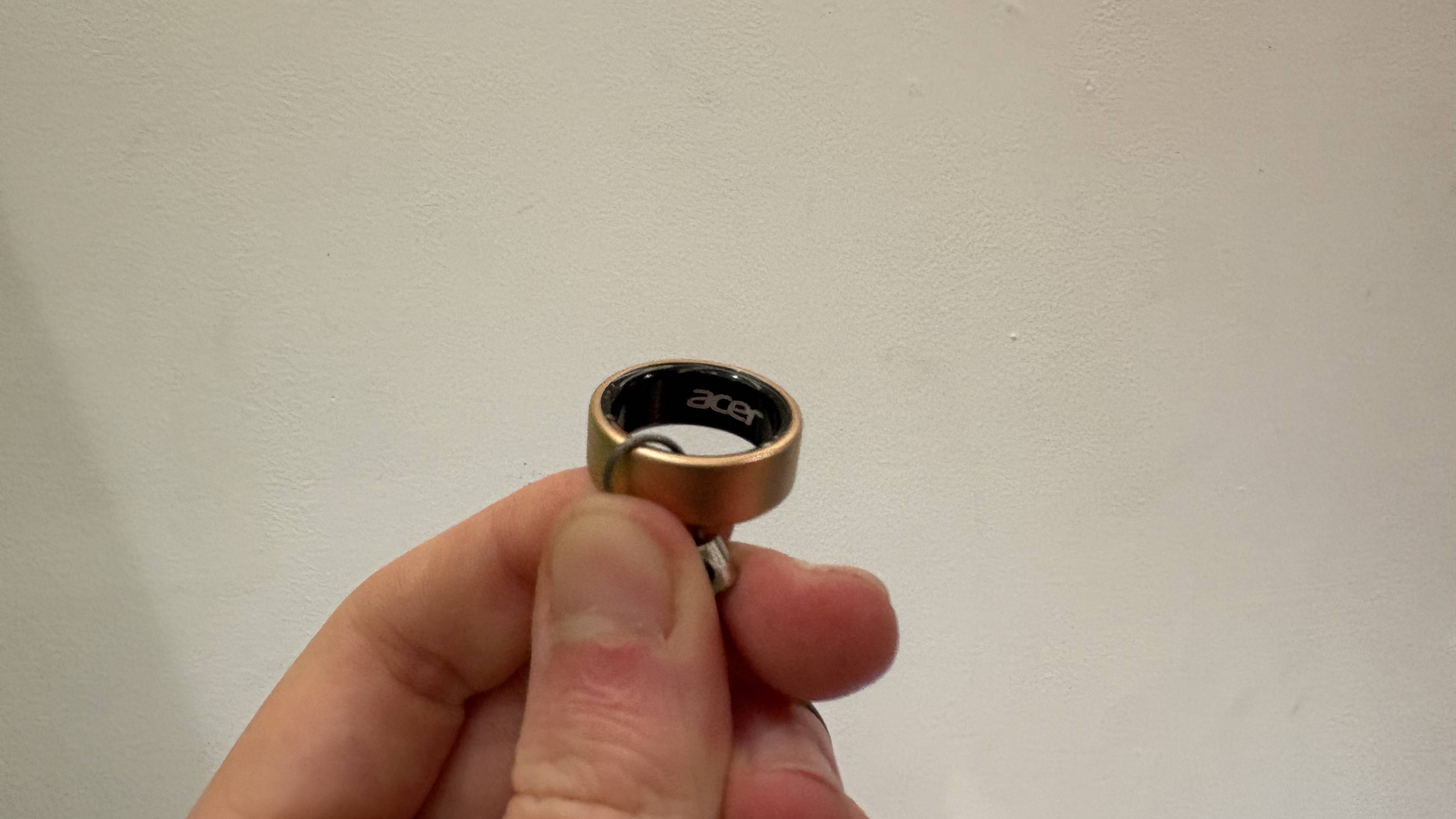
When picking up the FreeSense smart ring, I could tell this would be a wearable I would barely notice being on. I wasn’t able to try on the ring itself, as it was tethered to a cable and the models on show didn’t come in my size, but Acer’s ring certainly offers some lightweight, minimalist style.
Speaking of sizes, it’s available in sizes 7 to 13. This is less than the Oura Ring 4 (4 to 15) or Samsung Galaxy Ring (5 to 15), but more than some other value-focused smart rings, like the Amazfit Helio (8, 10 and 12).
Weighing just 2-3 grams (depending on ring size) and with dimensions of 2.6 to 8mm, this is as light and compact as a smart can get (not unlike the Ultrahuman Ring Air and the RingConn Gen 2).
I’m a fan of the look and feel of the FreeSense, and it’s sure to get you through all the rough and tumble of physical activity and the like. It’s made of titanium alloy, vacuum plating and PVD coating, coming in black and rose gold (the former is very much to my liking), and comes with an IP68 rating so dirt and scuffs shouldn’t be a problem. That also means a water resistance of up to 50m, which shouldn’t be a problem for the majority of swimmers.
Overall, it looks and feels like a general ring, with a design that doesn’t feel like it’s anything more than what it boasts — something you’d want in a smart ring.
Acer FreeSense Ring: Health features
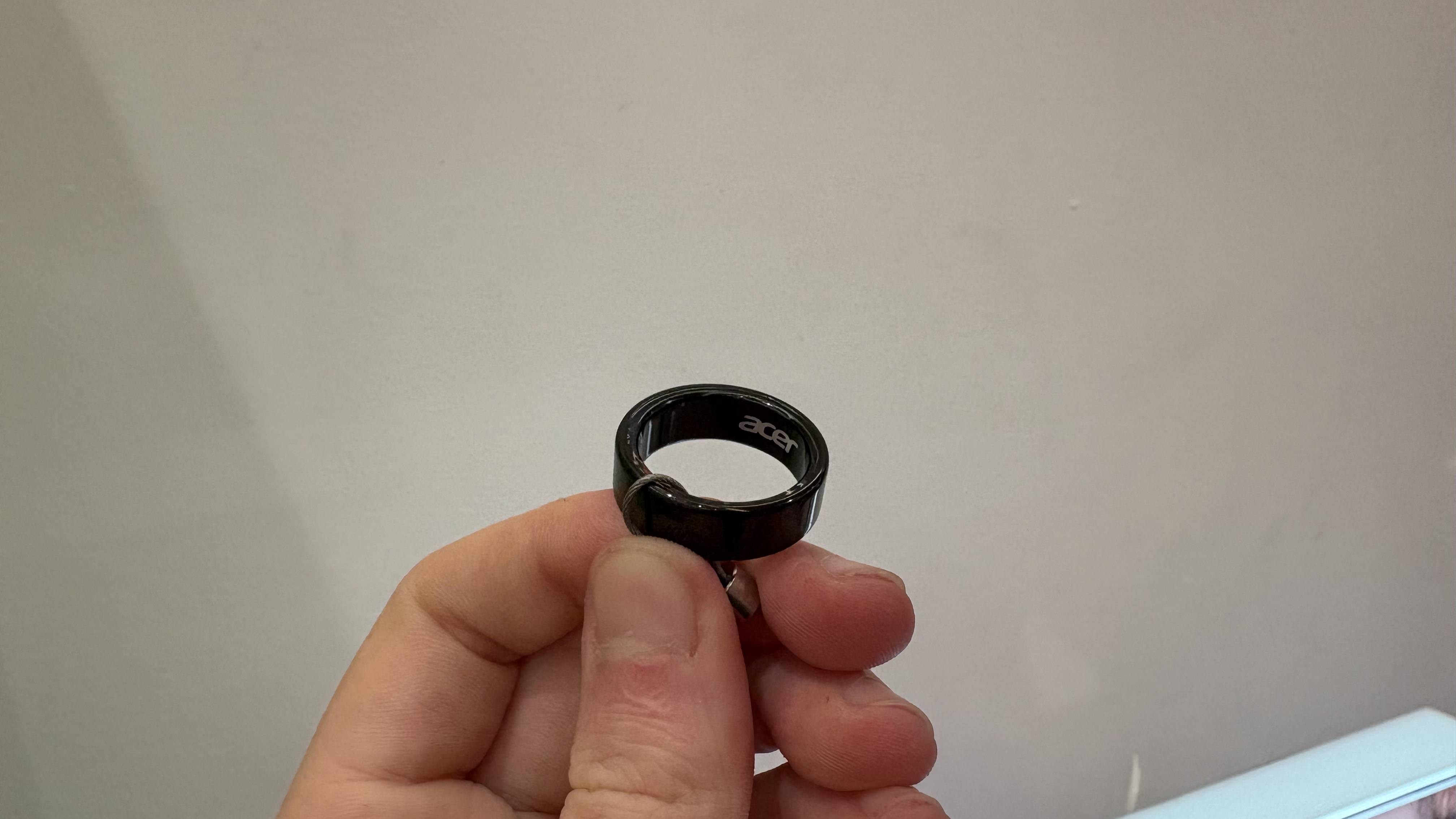
One of the first things I asked was what this smart ring can track, and the Acer FreeSense Ring includes everything you’d expect. It collects heart rate monitoring, heart rate variability, blood oxygen levels and sleep quality, along with fitness tracking such as your steps. How accurate is this? We’ll have to take a proper look, but this is a smart ring through and through.
One thing that was emphasized to me was its sleep analysis, which can tell you the different stages of sleep you go through via its sleep stage analysis. So, everything from your REM to your deep sleep. As you might expect, this should be accurate enough, but may have slight differences, such as the Oura Ring 4 vs Ultrahuman Ring Air. From what I’ve seen, it appears to be more focused on sleep rather than workouts, but it’s tricky to tell without using it (the best smartwatches are known to do a good job).
There’s still a lot to learn about what the Acer FreeSense Ring can do and how accurate it can deal with your biometrics, but without a subscription fee, that makes it all the more enticing for those who want a 24/7 analysis of their health with just a one-time fee.
Acer FreeSense Ring: Battery
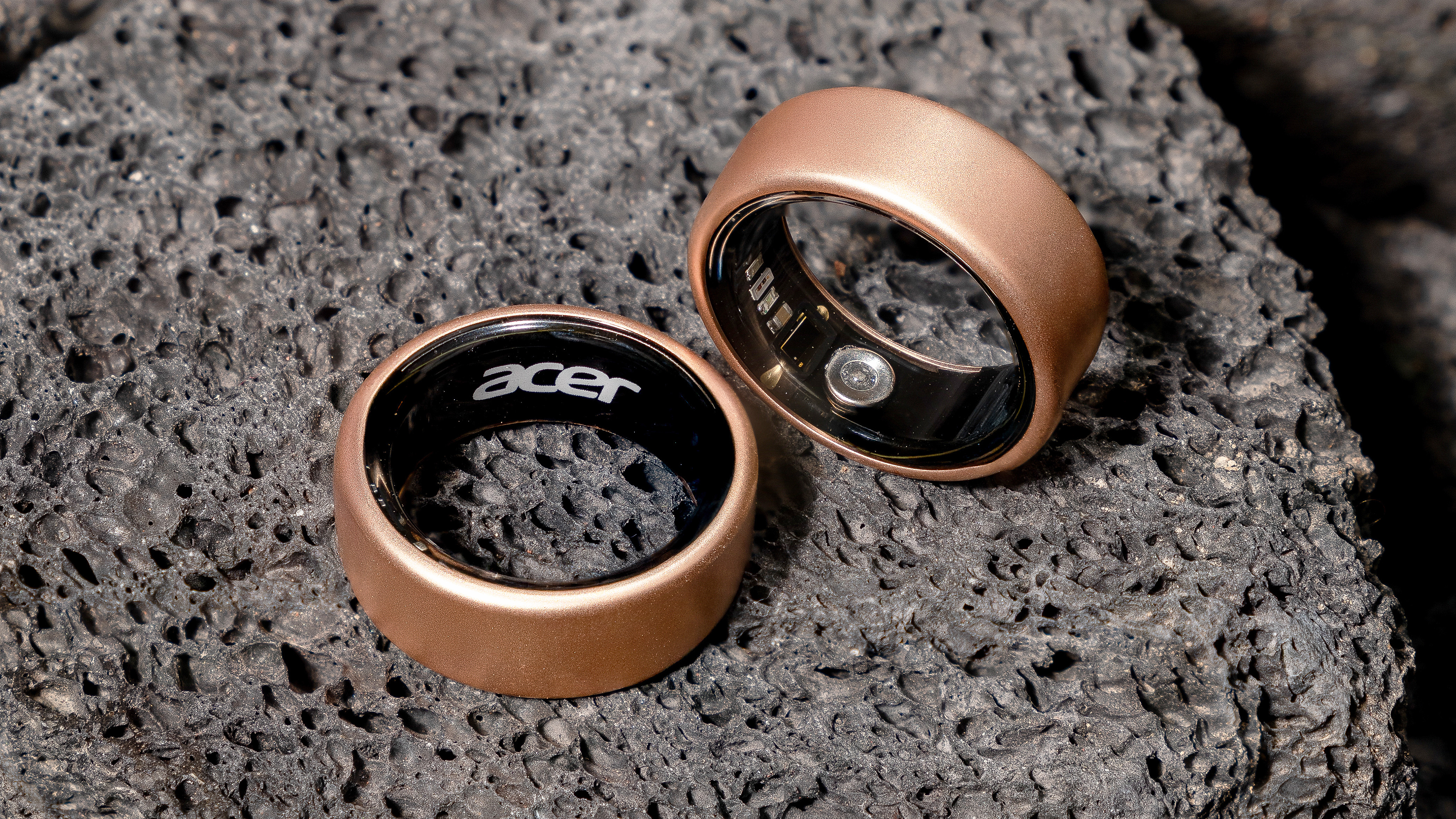
The Acer FreeSense Ring can last 4 days on a single charge. This isn’t the longest a smart ring can go for, as the Oura Ring can last up to 8 days, while the Galaxy Ring can get you up to 7 days. Still, it’s long enough without having to worry about its charge, and should be similar to the Amazfit Helio smart ring (also around 4 to 5 days).
Interestingly, though, I was told that a one-hour charge could get you its full battery life of up to four days, which already beats Amazfit’s ring (up to two hours). Battery capacity wasn’t mentioned, but it’s already looking like this smart ring can last a good while before needing a boost.
Acer FreeSense Ring: Companion app
So, what can the ring work on? Well, everything, it seems, as the Acer FreeSense smart ring comes with a companion app that compatible with iOS and Android. That’s already better than the Samsung Galaxy Ring, which only works with Android, and it means no matter if you have the latest iPhone 16 or Pixel 9a, it’s app will work just fine.
From the interface that I saw, you can expect a user-friendly design displaying all the health metrics on the home tab. However, seeing as it’s powered by AI (what isn’t these days?), you will also get personalized insights on the health data that is recorded. So, it will tell you if you’re getting enough sleep, what you need to do to get good rest, if your heart rate is too high and the like.
One thing that goes beyond health features is the smart ring’s gesture features. For example, I was able to wave “hello” in order to take a picture on a tablet. This means it works on smartphones, too. Don’t worry; there isn’t just a blur of your hand shaking while the picture is taken, and you can wave and get prepared to the snap. I didn’t experience any other gestures, but there’s sure to be more than just the one. No word on special insights like the Galaxy Ring’s sleep apnoea detection, but I’d expect it to offer similar features.
Acer FreeSense Ring: Outlook
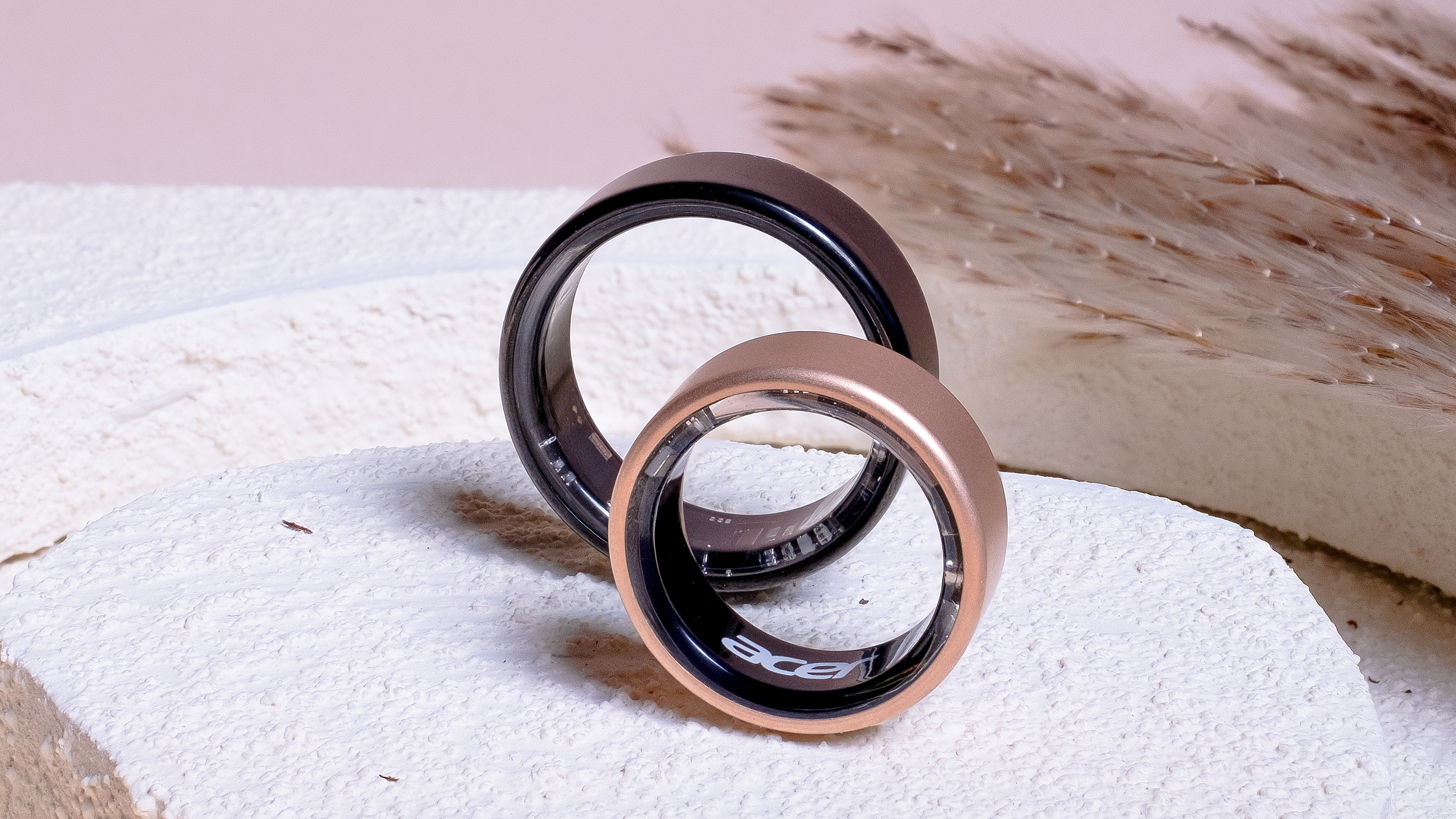
There’s still a lot to learn about the Acer FreeSense Ring, but as far as smart rings go, this is clearly in the running to be one of the best value smart rings you can get. I mean, at $199 and no subscription fees, it’s on its way to be a wearable that many people interested in finger-wielding devices should put on their radar.
It’s global release is set to arrive sometime in August (no specific date just yet), so we’ll have to wait and see how well it performs. One thing’s for sure, this is unknown territory for Acer, and I’m looking forward to seeing how it performs, and if it offers some special compatibility to the brand’s PCs (like its gesture features).
Stay tuned for more to come while we’re on the ground at Computex 2025.
More from Tom's Guide
- Acer's going all-in on OLED laptops at Computex 2025
- I’m watching MSI drop bombs at Computex 2025 — but these are the 5 products I’ll be talking about all year
- I wore an Oura Ring for an entire year — what I like and don't like

Darragh is Tom’s Guide’s Computing Editor and is fascinated by all things bizarre in tech. His work can be seen in Laptop Mag, Mashable, Android Police, Shortlist Dubai, Proton, theBit.nz, ReviewsFire and more. When he's not checking out the latest devices and all things computing, he can be found going for dreaded long runs, watching terrible shark movies and trying to find time to game
You must confirm your public display name before commenting
Please logout and then login again, you will then be prompted to enter your display name.
